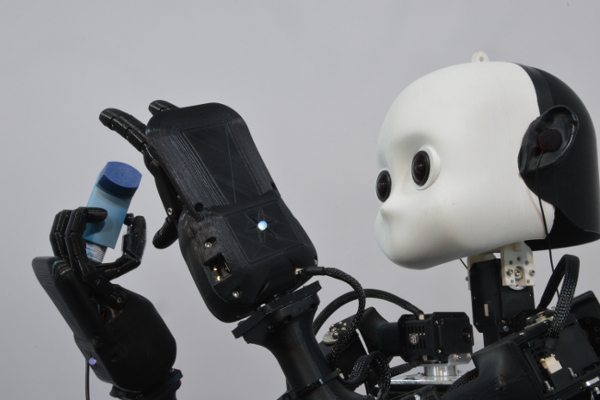Topological Deep Multiple Timescale Recurrent Neural Network for Cognitive Learning and Memory Modelling towards Human-level Synthetic Intelligence
PIs: Prof. Chu Kiong Loo, Prof. Dr. Stefan Wermter, Dr. Cornelius Weber
Summary
 |
In spite of great success in deep learning research, we also realize the research gap for any machine to achieve human level intelligence. Recent interest in human-level intelligence suggests a rethink of the role of cognitive learning in computational intelligence. A cognitive architecture is a set of computational modules that, working together, strive to produce human-level intelligence. We hypothesize five principles as the fundament to cognitive learning and thus guide towards humanlevel synthetic intelligence, namely, Continuity, Glocality, Compositionality, Multi-Memory Interaction and Neurodynamic-symbolic processing. To reduce the complexity of a cognitive architecture, we adopt the minimalist design approach. The elementary module of architecture is Topological Kernel Bayesian ART (TK-BART), a derivative from Adaptive Resonance Theory that can perform one-shot unsupervised learning without catastrophic forgetting; which is the essential property of Continuity principle (Hypothesis 1). The principle of Glocality reflects the brain comprising specialized functional modules connected as an integrated complex system, maintaining both local and global representation. The local hubs based on TK-BART (locality) are stacked hierarchically as a deep layer (Globality) to fulfill the Glocality principle (Hypothesis 2). Compositionality can be achieved by integration of information using rule-based memory through Fusion TK-BART (Hypothesis 3). The Multi-modal multi-memory architecture consists of episodic, procedural and semantic memory constructed by Fusion TK-BART multi-memory model (Hypothesis 4). We hypothesize the procedural memory is realized by the hybrid of Stochastic Multiple Time Scale Recurrent Neural Network (S-MTRNN) and TK-BART. This neurodynamic-symbolic processing closes the semantic gap between symbolic and sub-symbolic representations (Hypothesis 5). The five hypotheses will be tested experimentally with a NICO robot and ROS software using the SemEval-2014 dataset and semantic grounding experiment of Winograd’s SHRDLU. The research findings will lead to the minimal realization of a cognitive robot with human-level synthetic intelligence. |
